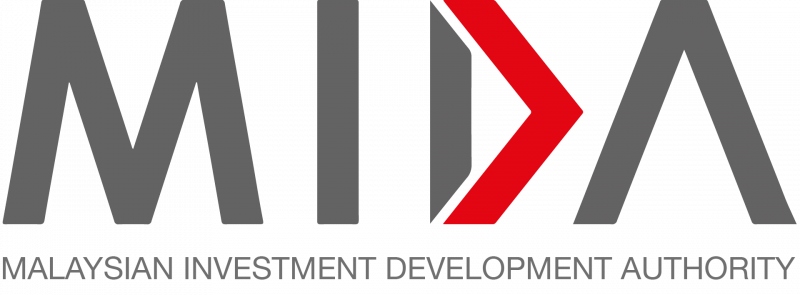Malaysia is prepared to host the First Coordination Meeting between Malaysia and Saudi Arabia at the Foreign Minister level to discuss further cooperation between the two nations.
This was conveyed by Prime Minister Datuk Seri Anwar Ibrahim during a meeting with Crown Prince and Prime Minister of Saudi Arabia Mohammed Salman Abdulaziz Al-Saud in Riyadh yesterday.
“During the meeting, we touched on various aspects of Malaysia-Saudi Arabia relations that need to be expanded, particularly in the areas of trade and investment, including cooperation in new fields such as artificial intelligence (AI), the green economy, clean energy, and petrochemicals.
“We also exchanged views on regional and international situations of mutual interest,” Anwar shared in a Facebook post.
According to the Prime Minister, he is optimistic that the close relationship between Malaysia and Saudi Arabia will contribute to the prosperity of the Malaysian people as a whole.
During the meeting, Anwar also expressed appreciation for the leadership of the Saudi Arabian government regarding the organisation of the Extraordinary Arab and Islamic Summit, including continuous efforts to support oppressed Muslim communities.
“I also took the opportunity to invite the Crown Prince and Prime Minister of Saudi Arabia to attend the Asean-GCC (Gulf Cooperation Council) Summit in Kuala Lumpur,” he said.
Anwar arrived in Riyadh yesterday to attend the Extraordinary Arab and Islamic Summit.
The Prime Minister’s presence at the summit aims to bring the voice and mandate of the Malaysian people regarding the ongoing atrocities and humanitarian issues related to the actions of the Israeli Zionist regime in Palestine and Lebanon.
Anwar is scheduled to return to Cairo today to continue his four-day official visit to Egypt, which began on Saturday.
Source: Bernama
PM Anwar: Malaysia to host inaugural coordination meeting with Saudi Arabia, with focus on trade, AI and clean energy
Content Type:
Duration:


